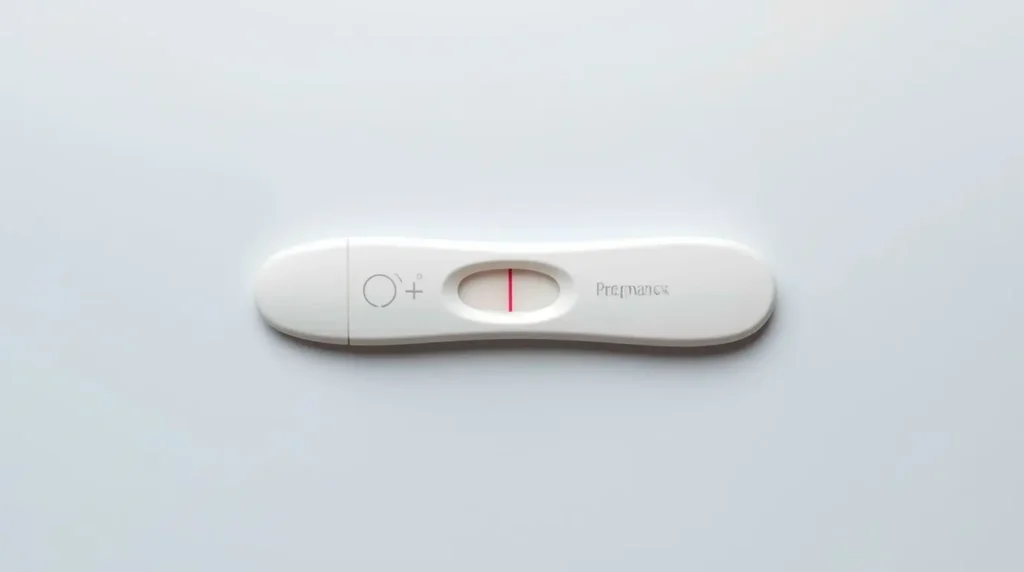A pregnancy test stick works by detecting the presence of the hormone human chorionic gonadotropin (hCG) in urine, producing a visible line or digital result when hCG is present above the test’s sensitivity threshold. The device uses a lateral flow immunoassay where hCG binds to specific antibodies and forms a “sandwich” that creates the test line, while a separate control line shows the test ran correctly.
What it detects
- The key target is hCG, a hormone produced soon after implantation; it rises rapidly in early pregnancy and is detectable in urine typically around the time of a missed period.
How the chemistry works
- The stick is a lateral flow device: urine moves by capillary action through pads containing anti‑hCG antibodies linked to colored particles (e.g., colloidal gold or latex beads). If hCG is present, it binds these antibodies and then gets captured by a second set of immobilized antibodies at the test line, forming a visible “sandwich.”
- Excess labeled antibodies continue to a separate immobilized capture zone to form the control line, confirming adequate sample flow and reagent function.
Reading results
- Positive: two lines (test and control) or a digital “Pregnant,” with test line intensity often varying based on hCG concentration.
- Negative: only the control line appears; no test line is visible.
- Invalid: no control line appears, regardless of any test line; the test should be repeated with a new stick.
Timing and accuracy
- Many tests can detect hCG around the expected period; first‑morning urine can improve early detection because it is more concentrated.
- Instructions usually specify reading the result within a set window (e.g., 3–10 minutes); reading too early or too late can mislead.
- Sensitivity varies by brand; claims of over 99% accuracy apply from the day of the missed period under proper use.
Common pitfalls
- Testing too early can yield false negatives; if early testing is negative, retest after 48 hours as hCG roughly doubles every 2–3 days in early pregnancy.
- Very high hCG later on can rarely cause a “hook effect,” preventing proper sandwich formation and leading to a misleading result; diluting the sample or retesting can resolve this.
- Not following directions (insufficient urine, expired test, wrong read time) can cause invalid or inaccurate results.
What’s inside the stick
- Typical components include an absorbent pad (collects/filters urine), a conjugate pad with labeled anti‑hCG antibodies, a nitrocellulose membrane with the test and control lines, and a wick to maintain flow. Some versions add digital readers for clearer output.








